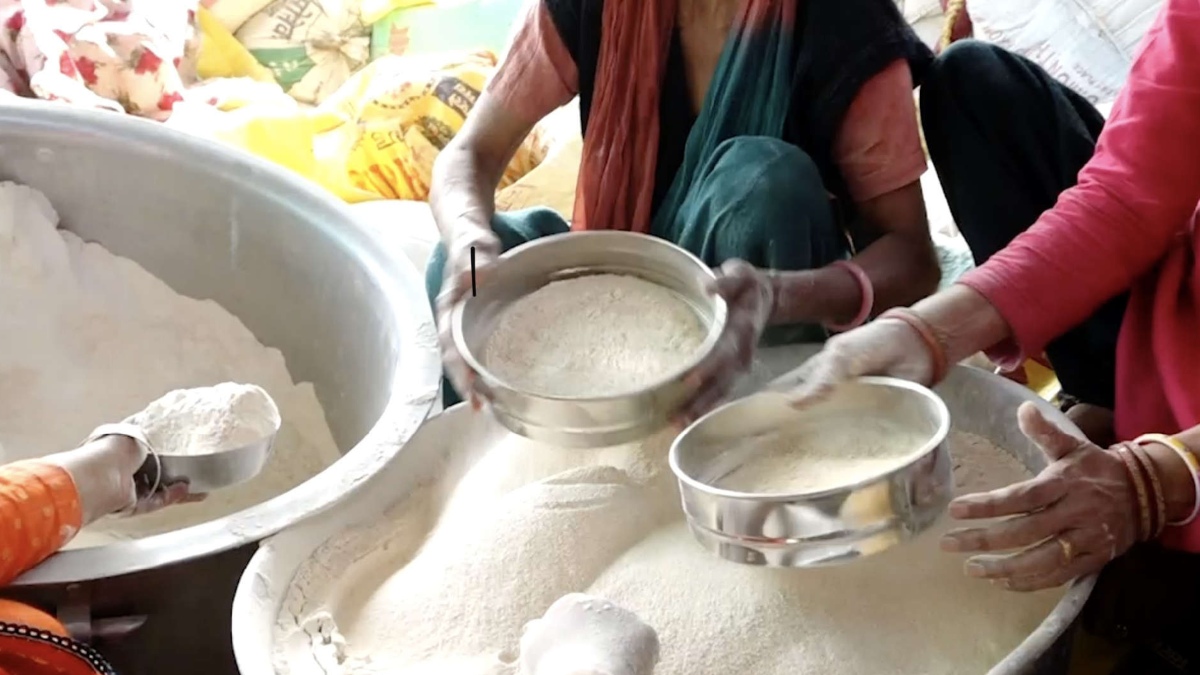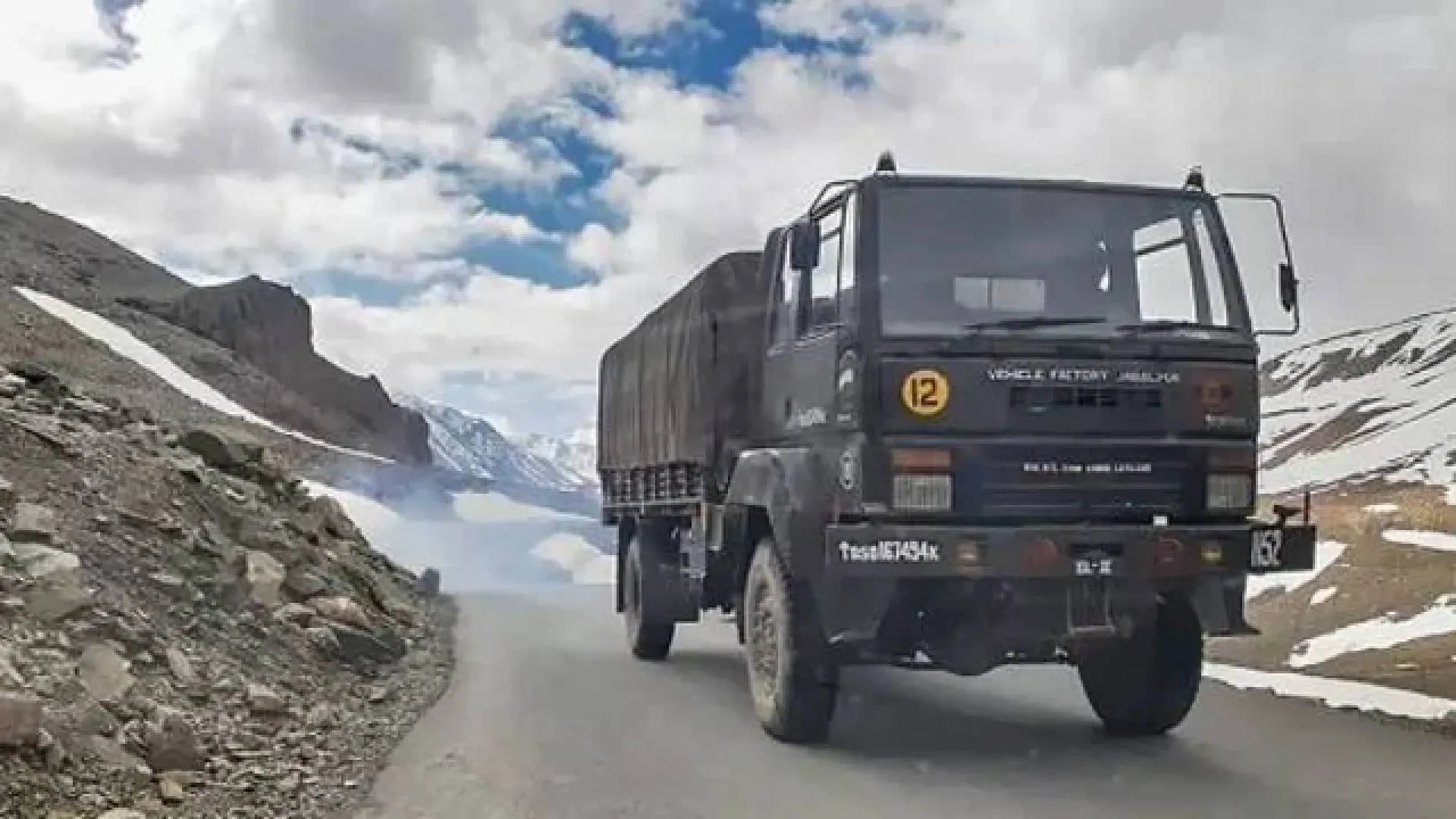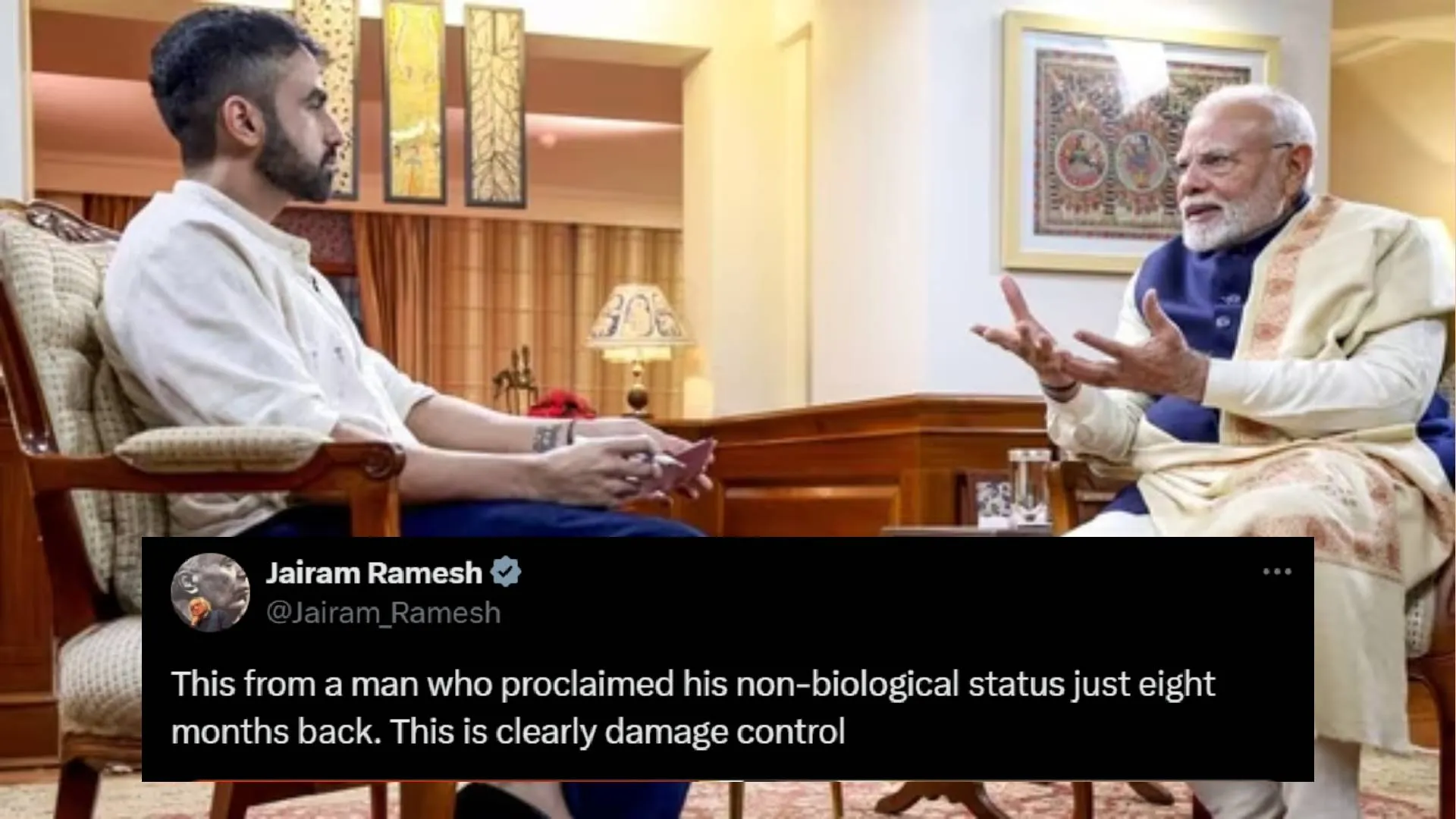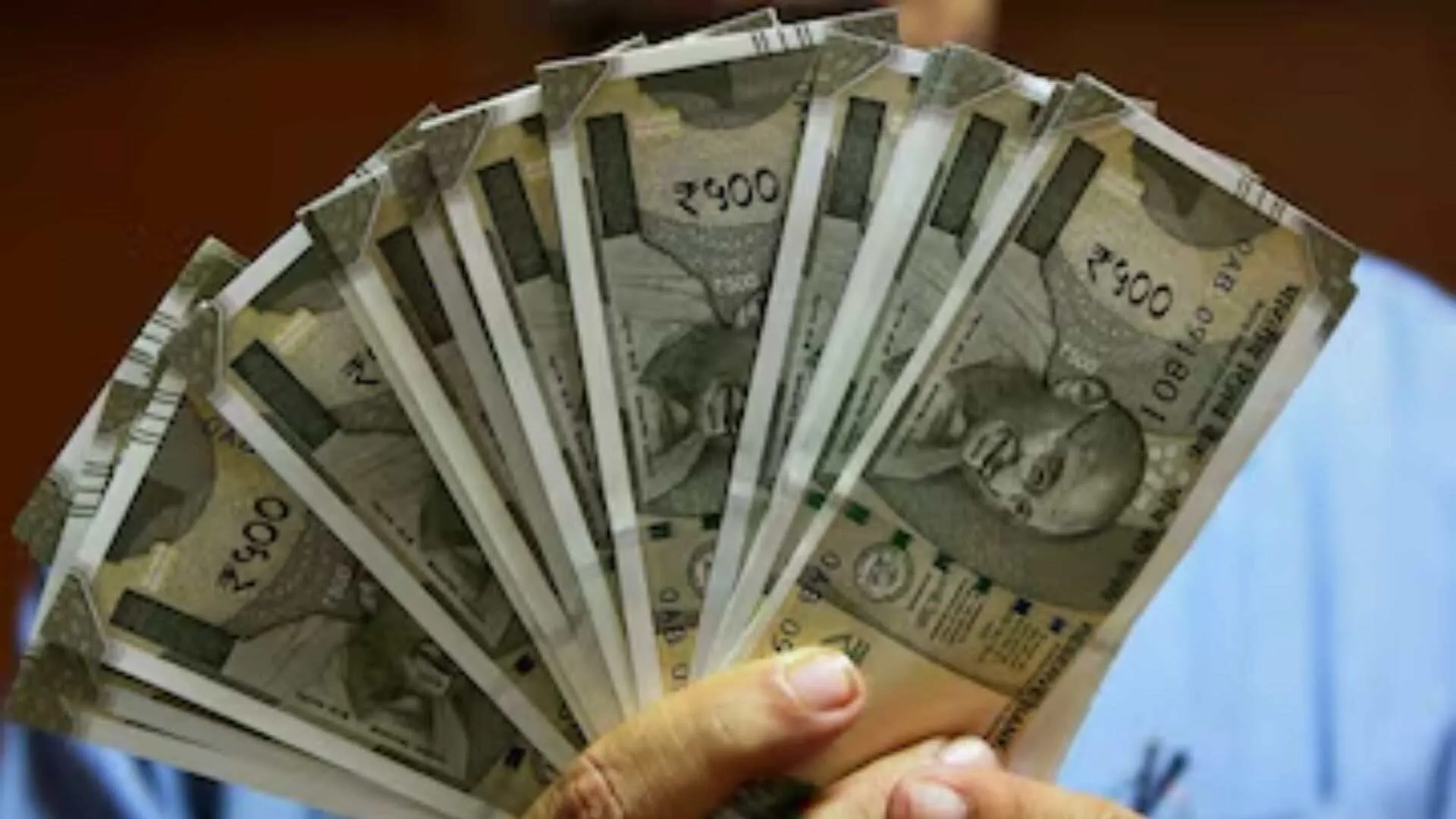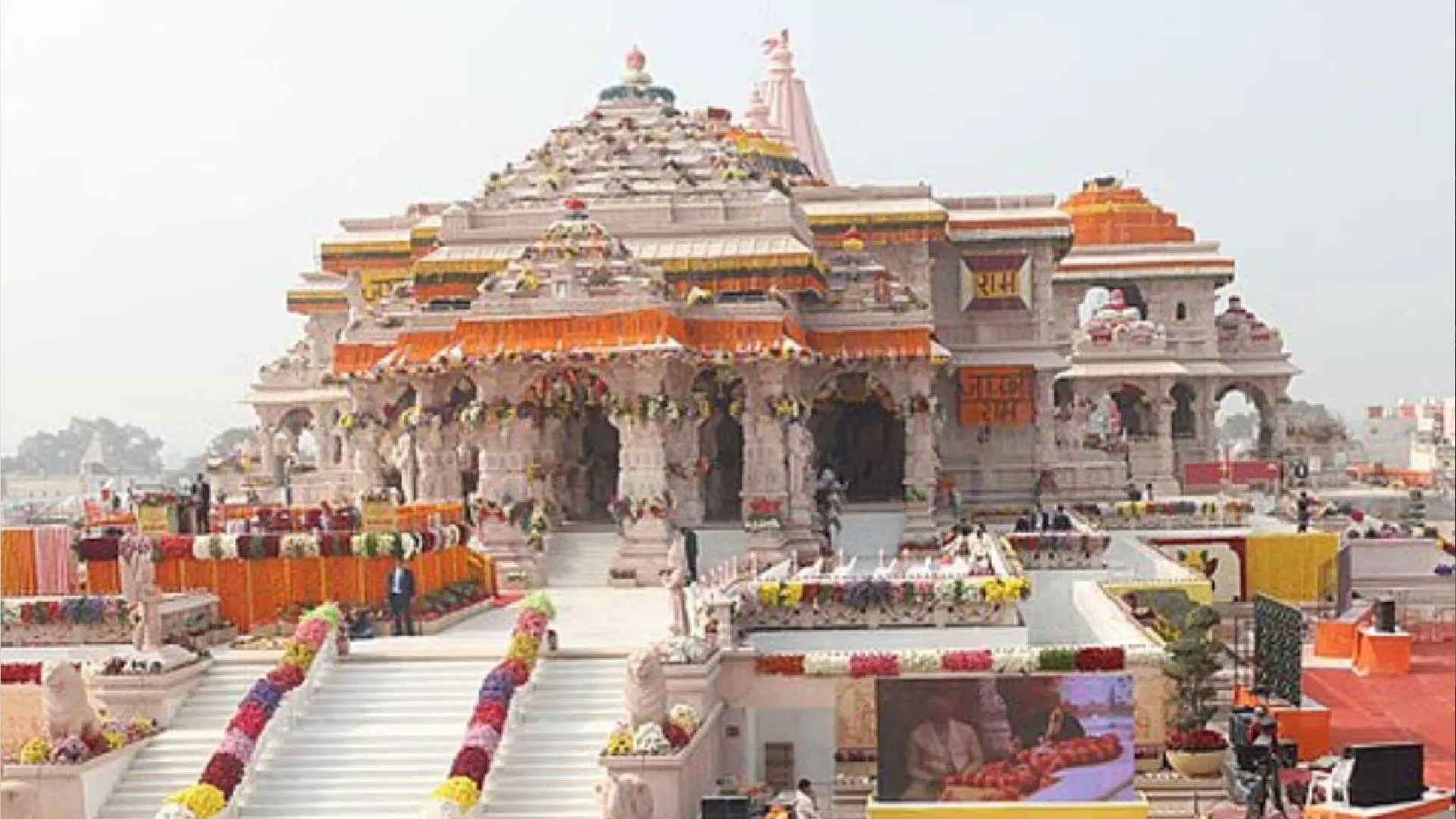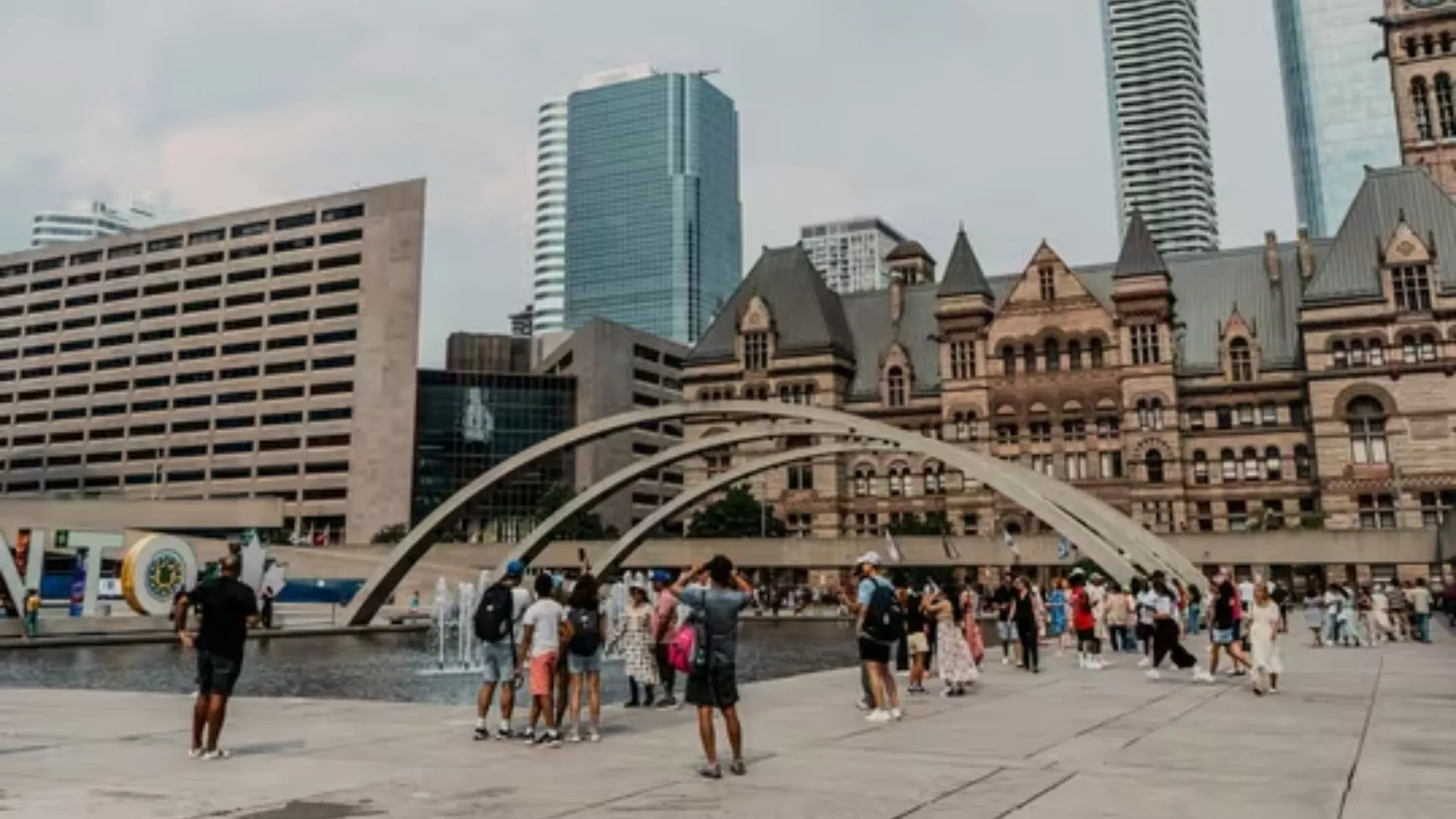When farmers took to the streets of New Delhi on 26 January 2021 to protest three new farm laws, it was primarily images of men driving tractors that took centre stage.
Since the beginning of the farmers’ protest on 9 August 2020, men have been at the forefront of the movement. Rakesh Tikait, the spokesperson of the Bhartiya Kisan Union (Indian Farmers’ Union), has been the primary face of the movement, with other male farmers’ union leaders spearheading the protests at a more local level. However, these pictures are not representative of the protests as a whole.
Jasween Kaur, a female farmer who lives near the protest camp, arrives at the Ghazipur border nearly every day at 2 pm and jumps right in, chopping vegetables, cooking, and serving food. In an in-person interview, she explained that they hold langar — a community-based food service — all day, with delicacies ranging from lassi (buttermilk) to jalebi (sweet dessert), and that anyone is welcome to have the food, even those who are not part of the camp.
Women can be found not just in the food tents of the camp but also in the administration. Harsharanjeet Kaur, one of the volunteers at the camp, is a 28-year-old cloud consultant from Dubai and has been at the Ghazipur border since the protests started in December. “My current job description is farmers’ protest volunteer,” said Kaur in an in-person interview. She manages the organisation of events at the protest and has organised several different themed events such as “Youth Day” and “Women’s Day”, which includes planning singing and dancing performances and putting together street plays with local acting troupes.
Kaur is also responsible for overseeing the stage built by the farmers on the highway where many of these events take place and says that in her experience, the women at the camp are some of the most enthusiastic and passionate members of the movement. She explained that typically, 11 designated volunteers sit on the stage at the protest every day and fast from morning till evening as a symbol of resistance. On the days that women are designated to sit on the stage, however, there is always an abundance of volunteers. “On Women’s Day, there were so many women that we had to seat 28 women. We had to stop some women from sitting because there were so many already,” said Kaur.
In addition to her administrative role, she aids the women at the protest, finding them bedding, and helping them with sanitary needs. She explained that many women spend months on end at the protest and to accommodate for this, there are women’s tents with sanitary provisions, as well as designated tents for women to sleep in.
This January, Chief Justice of India S.A. Bobde posed the question, “Why are women and elders kept in the protest?” and asked lawyers, that were representing the farmers, to persuade women and elderly citizens to return home. Since then, other government officials have also called for women present at the protests to return home, given the worsening conditions of the pandemic.
According to Bhupinder Baath, a volunteer at Khalsa Aid, a UK-based organisation that has volunteered to help the farmers in their efforts by providing protest camps air coolers, and mosquito repellent, women at the protests responded negatively to the government’s calls for them to go home and did the opposite. “Even more women started going to the protests,” said Bhatt in a phone interview.
Aasha has been living at the protest camp in Ghazipur for over three months and has no intention of leaving until the farm laws are repealed. “This protest is our family. When our family is here, how can we leave?” she said in an in-person interview. Like other women at the protest, Aasha is managing her family and home remotely, with her children working and studying at home with their grandmother. “I can do everything from here over a video call,” said Aasha, adding, “We’ve spent the winter here, we’ll spend the summer here too.”
In the same tent where Aasha chopped coriander, a group of men ground flour to make rotis in preparation for the evening meal. “In society, women and men have different roles but in the protest, women are showing their presence to the government and are also participating in whatever work there is there such as making food, distributing things, and also leading and going on stage and voicing their opinions,” said Bhatt, adding “Just like men are contributing in all ways, women are too.”
Sitting on stage amid “Youth Day” preparations, Kaur said that despite common misperception, “You’ll find women in every sector from administration to volunteering and making food. This is a farmers’ protest, it is not a men’s protest. There is as much respect for women as there is for men. In the end, it is ultimately for the farmers.”
In stark contrast to the protest camps, however, is the agricultural industry of India. Bhatt believes that within the farming sector itself, there is no difference between men and women. “Farming is not a profession where there is a manager or a clerk. A farmer’s whole family are farmers, including the women,” said Bhatt. According to research conducted by Oxfam, a non-profit organisation focused on alleviating global poverty, the agricultural sector of the country employs 80% of all economically active women in India.
However, this representation does not extend to land ownership. Despite the Hindu Succession Act of 2005 which granted joint-heirship to daughters and equal inheritance rights, according to the India Human Development Survey (IHDS), 83% of agricultural land in the country is inherited by male members.
“Farming in India is patriarchal,” said Sameer Kalia, owner of a store that deals primarily in agrochemicals, seeds, and fertilisers, in a phone interview. According to Kalia, this is “for very legitimate and practical reasons, because of all the hard work involved.” He said, “In farming families, the male farmers, as head of the families, are responsible for the well-being of the family and it’s a big burden. There is very little margin for error.”
For this reason, Kalia said, “In India, most of the landholdings belong to the male members of the family.” He explained that in most cases, the only time land is passed onto daughters is when there are no male inheritors.
“Most of the farmers who visit our shop are males. There are very few female farmers, and whatever female farmers as customers we have, they are involved in organic cultivation,” said Kalia. In his 20 years of experience running the store, out of his female customers, the ones most likely to own their own land are urban, educated women.
One such customer is Seema Jolly. An urban, educated woman, Jolly got into organic farming in 2011 intending to provide healthier food that was devoid of chemicals for her family. “I’ve been growing all kinds of vegetables, fruit, and greens, I have tried almost everything possible in Punjab,” said Jolly. However, Jolly does not own the five acres of land she is farming on. Instead, it is owned by her in-laws. “At the moment in India, there are more women are more, they are equal contributors to the work in the farm, but they have no recognition,” said Jolly.
Jolly is one of the founding members of Chandigarh’s organic market, a place for farmers to gather every Saturday and sell their organic produce. In her opinion, this allowed her to establish herself as a farmer. “Men in India are recognised as farmers as they are the marketers, they become the face, and the women are just behind the scenes, they have no control of the finances,” said Jolly. She explained that the few women whose stories are published on media platforms such as The Better India are those who are able to come forward and take charge of the marketing and have direct control over finances. Jolly believes that once this happens on a larger scale, “that is when this divide will sort of equal out.”
According to Bhatt, the next step is for societal acceptance to catch up to legal provisions. He believes it is only a matter of time before the equality exemplified within the protests will reflect in the land ownership of the country. “Slowly, our society will someday accept that women have a right to property as well,” said Bhatt.
But as it stands today, despite the active role of Jasween Kaur, Aasha, and Harsharanjeet Kaur play in the protests, none of these farmers owns their land. These women are just three of the several female farmers who are facing the same plight. This issue spans beyond the class divide in India and is faced by women across all sectors of society, with women owning a total of 12.8% of the country’s land, according to India Spend.
The disproportionate gap between labour and land ownership has been accepted by Jasween Kaur as a fact of life for female farmers. When asked what her hopes were for the future of her daughters, who are also farmers, she replied, “What will happen by just our wanting it?”

